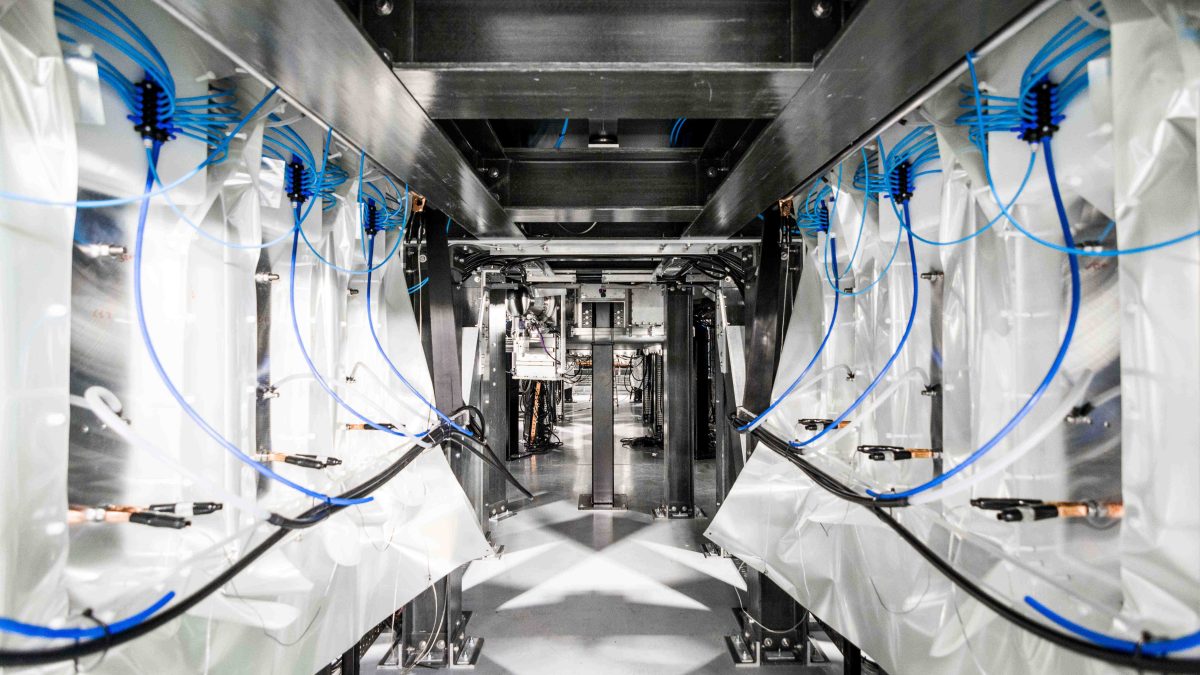- Fusion island concept unique to First Light Fusion
- Project supported by BEIS via Energy Entrepreneurs Fund
OXFORD, UK: The UK Atomic Energy Authority (UKAEA), one of the world’s leading centres for fusion energy research, has completed a project designed to establish some of the basic operating parameters of a fusion energy reactor.
Fusion holds the promise of safe, clean and virtually limitless power. It has the potential to transform the world’s energy supply if it can be applied successfully to power generation.
The purpose of the project was to establish the viability of an innovative ‘fusion island’ concept which is uniquely applicable to technology being developed by First Light Fusion, the University of Oxford’s fusion spin-out.
The fusion island is a sub-system that converts fusion energy into heat and manages the fuel supply in a fusion power plant. A core requirement for this system is to address the three main challenges of fusion engineering: neutron damage; heat flux; and tritium production.
The project was supported by the Department for Business, Energy & Industrial Strategy (BEIS) via the Energy Entrepreneurs Fund.
Following more than six months of investigation addressing factors including tritium breeding, corrosion rates and compatible steels, researchers at UKAEA concluded that, fundamentally, the concept is viable.
A further positive outcome of the study is that pure lithium in natural isotope balance meets all requirements for the reactor’s liquid wall. This means that First Light will be able to leverage an existing supply chain for this metal rather than relying on materials that lack established distribution channels.
Nick Hawker, Founder and CEO of First Light Fusion said:
“We are delighted with the positive conclusion from this work done with UKAEA, the world leaders in fusion engineering. We have learned a huge amount about the engineering specifics of the system, which we are now taking forward into further work. We are very pleased that BEIS supported this work, which has also given valuable insight into fast breeder reactor technology. It is hard to overstate the importance of being able to make the power plant from existing materials, like natural lithium. This has the potential to bring fusion power to market up to a decade sooner.”
Tim Bestwick, UKAEA Director of Business and Innovation, said:
“UKAEA is very pleased to support First Light Fusion and the rapidly-growing private sector fusion community in this vital mission to deliver zero-carbon energy from fusion.”



